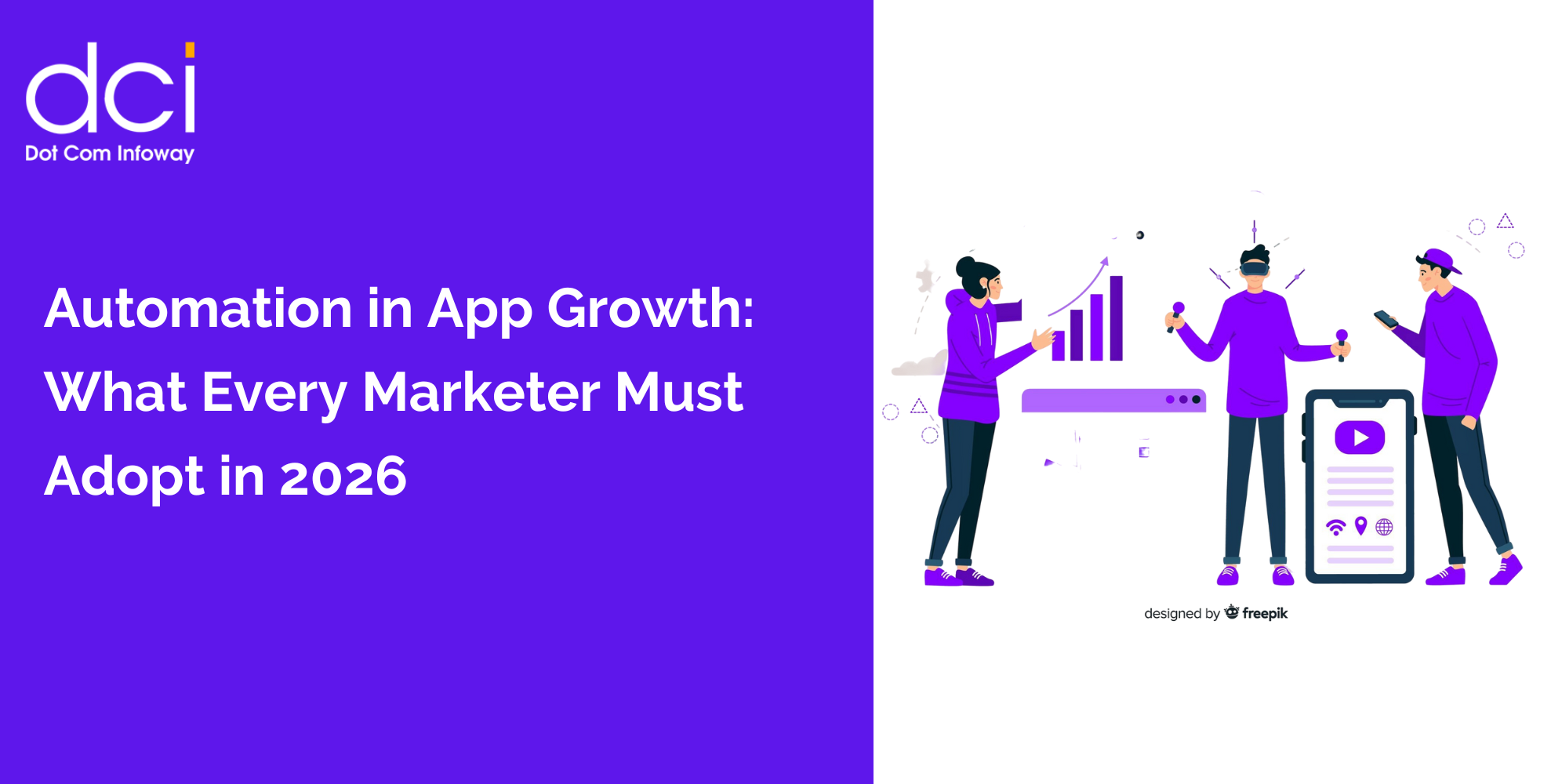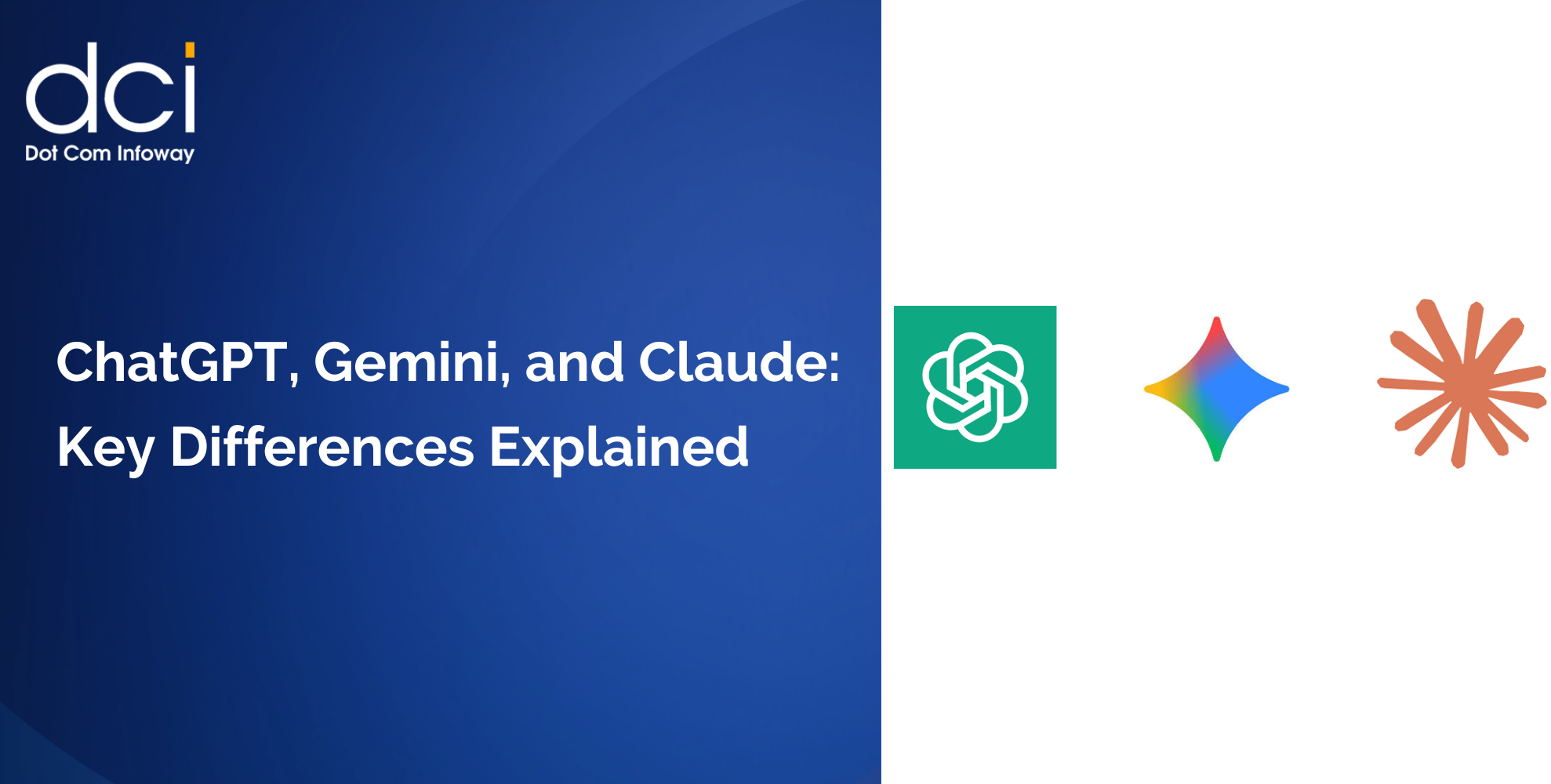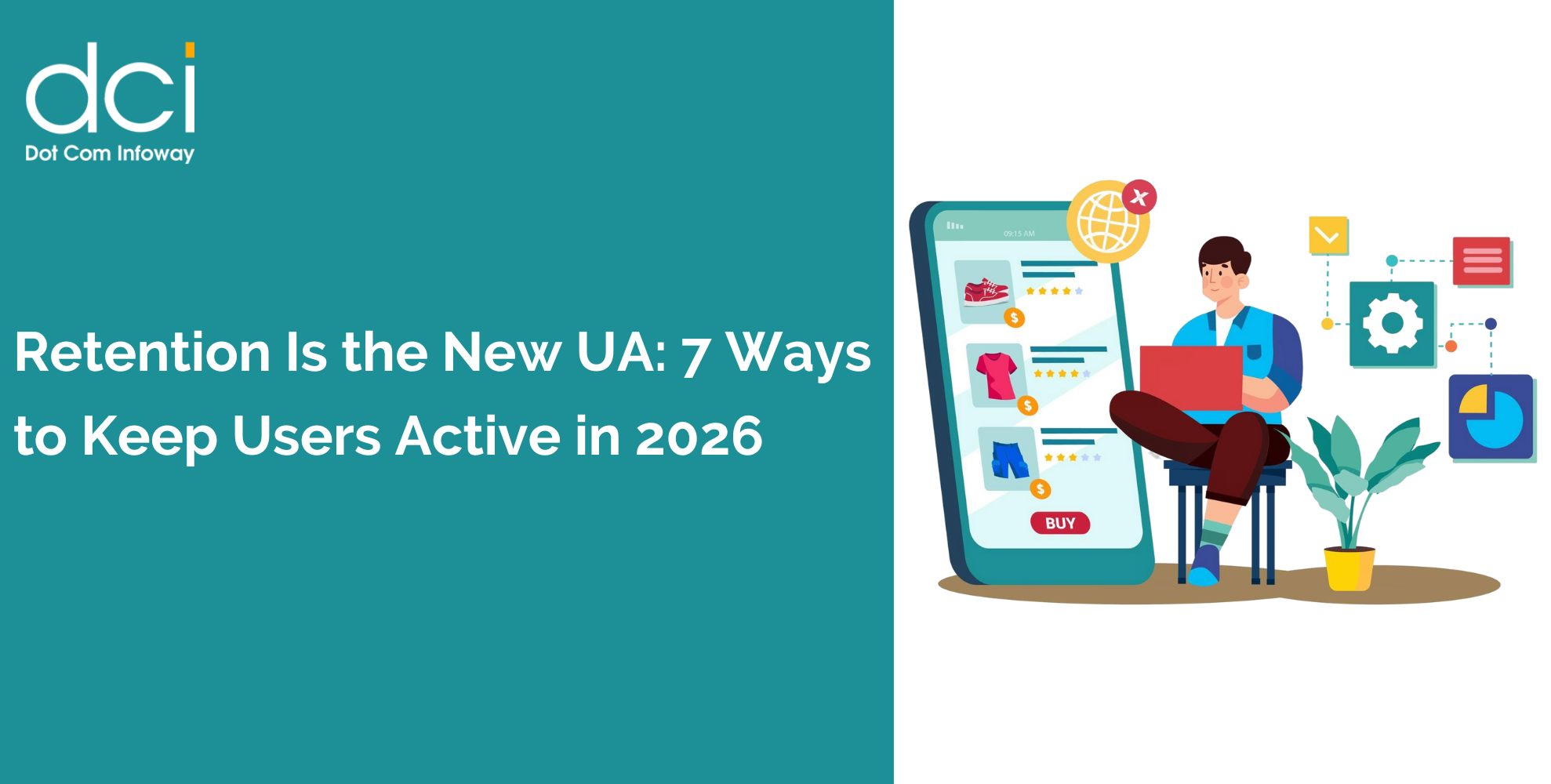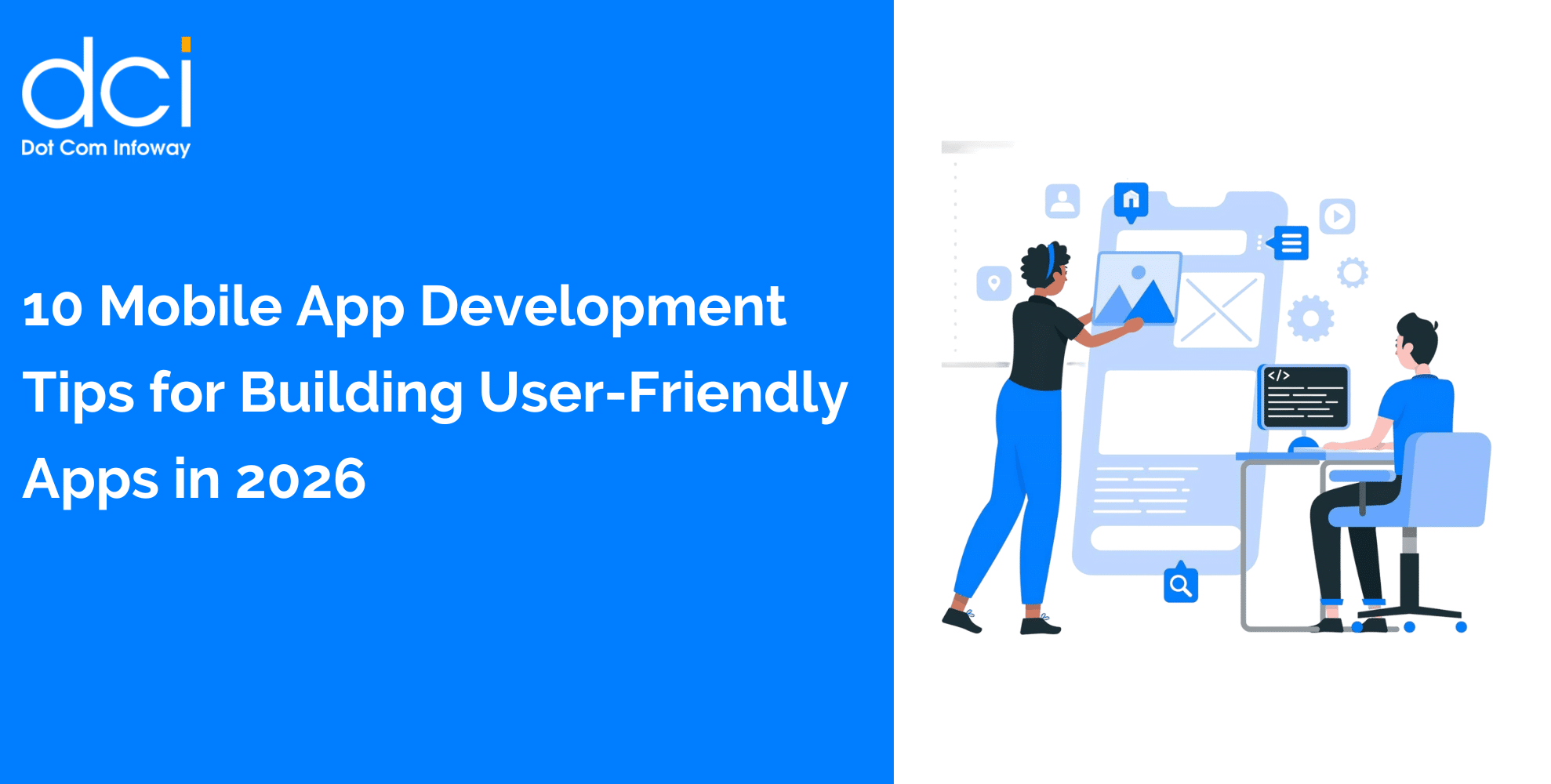What is CRO?
Therefore, CRO is the systematic process of increasing the percentage of visitors as they take the desired action — purchasing. And what are the best tools that help in Conversion Rate Optimization?
The Tools that Every Blog Needs to Maximize CRO
There are great CRO importance & benefits. With the best tools, that will offer the necessary support to your coveted destination, your website will become unique as it generates revenue.
Here is a list of top tools for a remarkable conversion rate optimization, and before that, let’s first find out what happened to your site yesterday. Was there any purchasing activity, did the visitors download a file, and what is your conversion rate?
The tools that help you in the Conversion Rate Optimization:
1. Google Analytics
It is a free tool. Google Analytics is currently boasting of a huge space it occupies in the market. Once you have raw data available, it will help you understand and control what you’re doing. Every Internet Marketing Agency should use this tool to monitor the user traffic and, etc.
Pros: There are free tutorials that guide you on how to use it It offers a free custom reporting where you quickly filter out the metrics that are essential to you on a specific period. It is easy to install. It has a readily available segmentation It can host multiple users.
Cons: It is unable to track both forms and fields on the website as it doesn’t export raw data.
2. Clicky
It is a tool that is available in both free and premium level that most people use to avoid Google.
Pros: It monitors up to 5 keywords. It helps you monitor the visitors to your website in real time as you view their actions. It tracks visitors by names once they leave comments.
Cons: Clicky can be slow at times.
3. Chartbeat
It is a premium tool which specializes in various key areas.
Pros: It provides an excellent social media interface which allows you to monitor your performance and monitor chatter. It gives you a clear process of page loading and how it affects your bounce rate. It views individual visitors — which helps you to visualize your funnel instantly.
Cons: It can’t establish the places that users are exiting your site from. It is more of a lite tool and not an entire analytics suite.
4. Woopra
It is a free and premium tool with robust features that gives everyone an equal opportunity to become a successful blog owner who focuses on the enterprise.
Pros: It has a responsive customer service team with extensive knowledge to get you running. It provides simple but extensive tracking. It provides a comprehensive record of action by visitors. It allows you to open the dashboard and establish technicalities that may develop.
Cons: It has a limited third-party integration. Also, it doesn’t allow data export in excel format.
5. Mixpanel
It is free up to enterprise level software — which can help you get the most out of the visitors of your site.
Pros: It provides in-depth information about the funnel as it establishes where your visitors commonly jump the ship. It allows you to segment the analytics data and identify what is happening on your site It allows you to export raw data.
Cons: It offers less effective e-commerce tracking capabilities.
GoingUp Tools
It is a lite analytics tool that provides users with free SEO tools that optimizes the site. Open Web Analytics which is an open source alternative with pricier options.
The Church Analytics, — a premium analytics tool with an extremely low price point that tracks visitors from either the desktop or mobile devices. FoxMetrics that simplifies analytics software while allowing a single user to handle all data while running successful websites.
What should you track? As the site owner, you need to track the activities by the visitors such as in individual adding a particular item to their cart, or subscribing to your newsletter; you also need to find out whether the visitor downloads a file or purchase an item. So, it’s essential to track the visitor’s activities as you make them your potential clients.

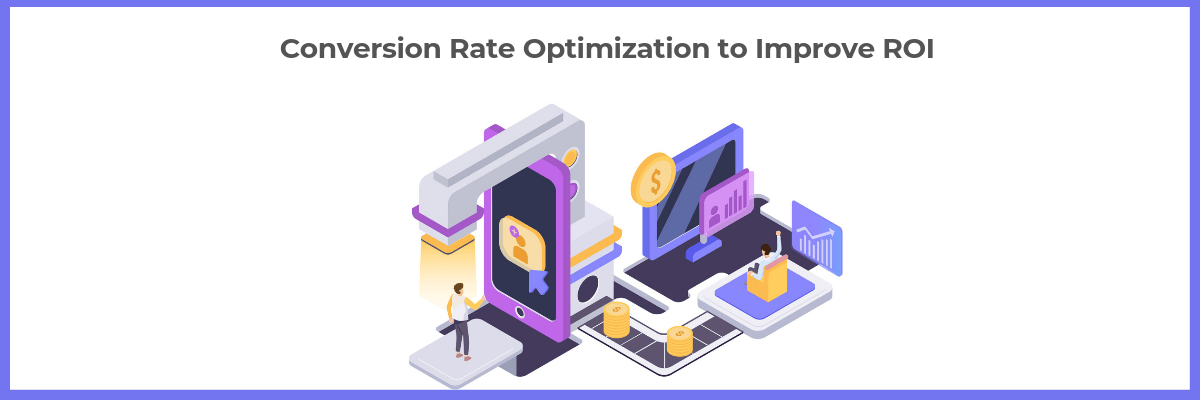

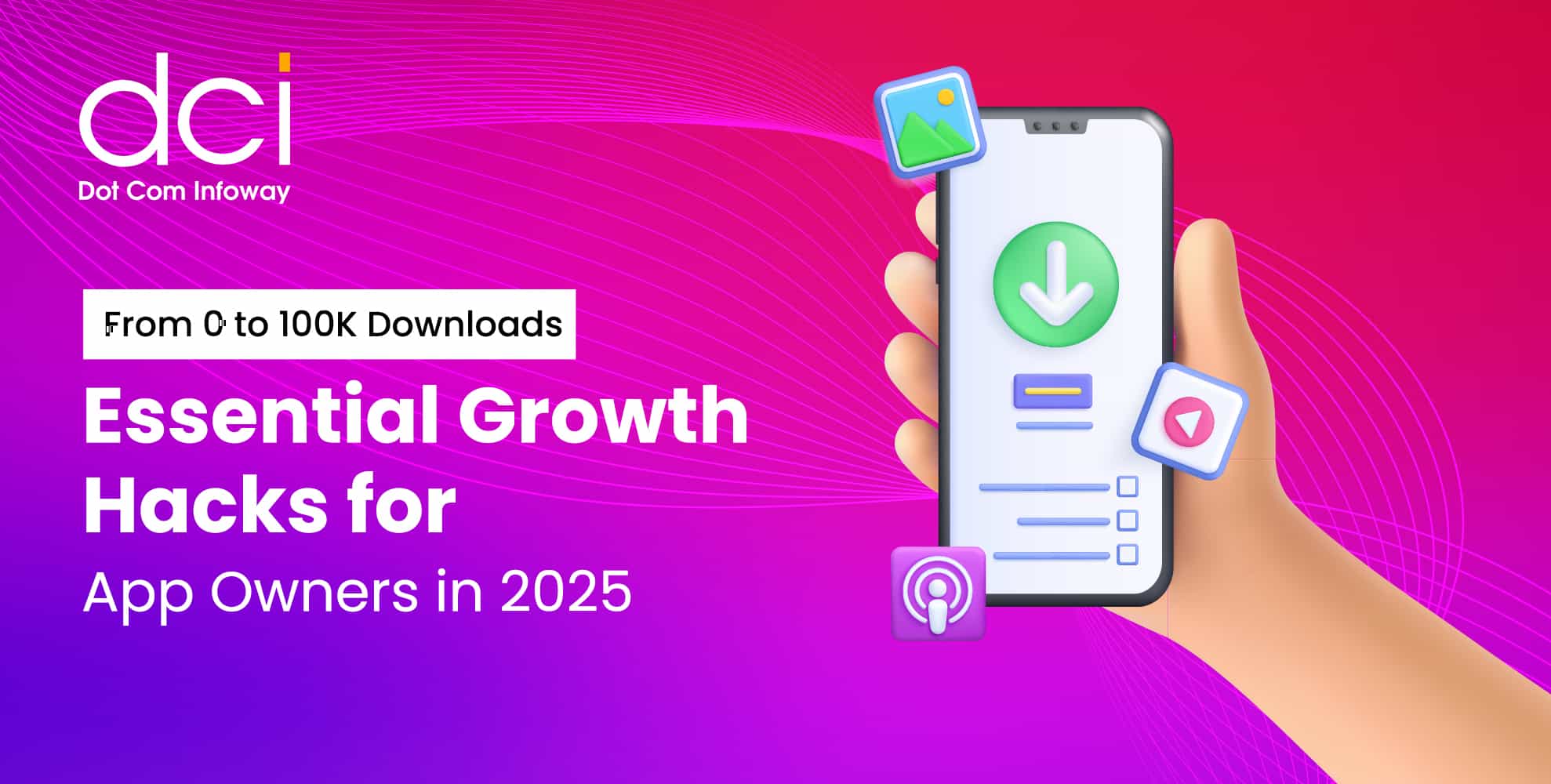

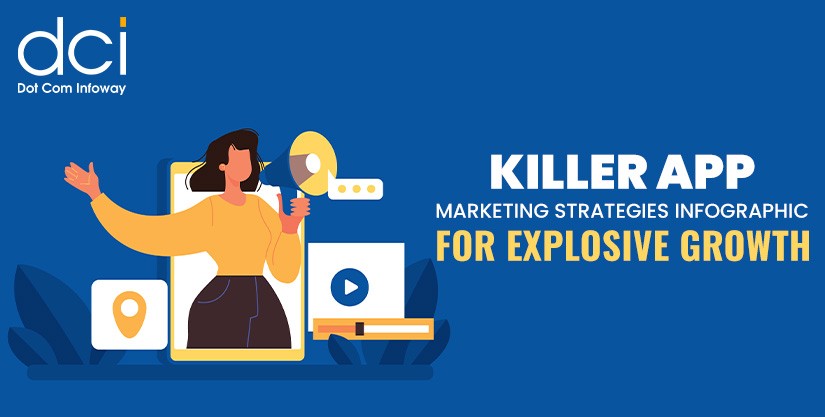

![The Game Marketing Guide: Pre and Post-Launch Strategies [Infographic]](https://www.dotcominfoway.com/wp-content/uploads/2023/09/DCI-Game-Marketing-blog-1.jpg)

